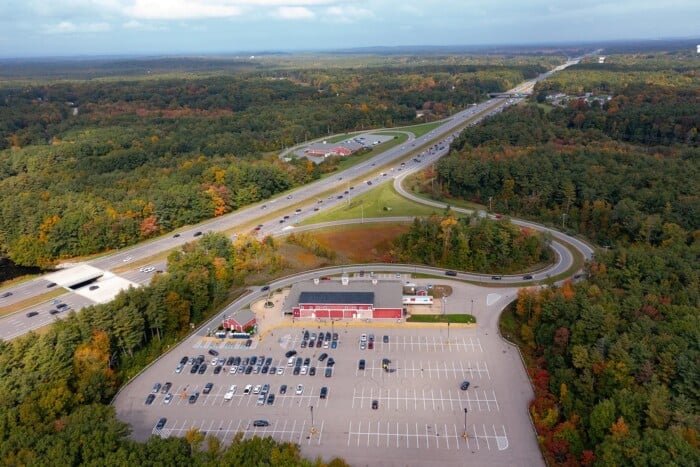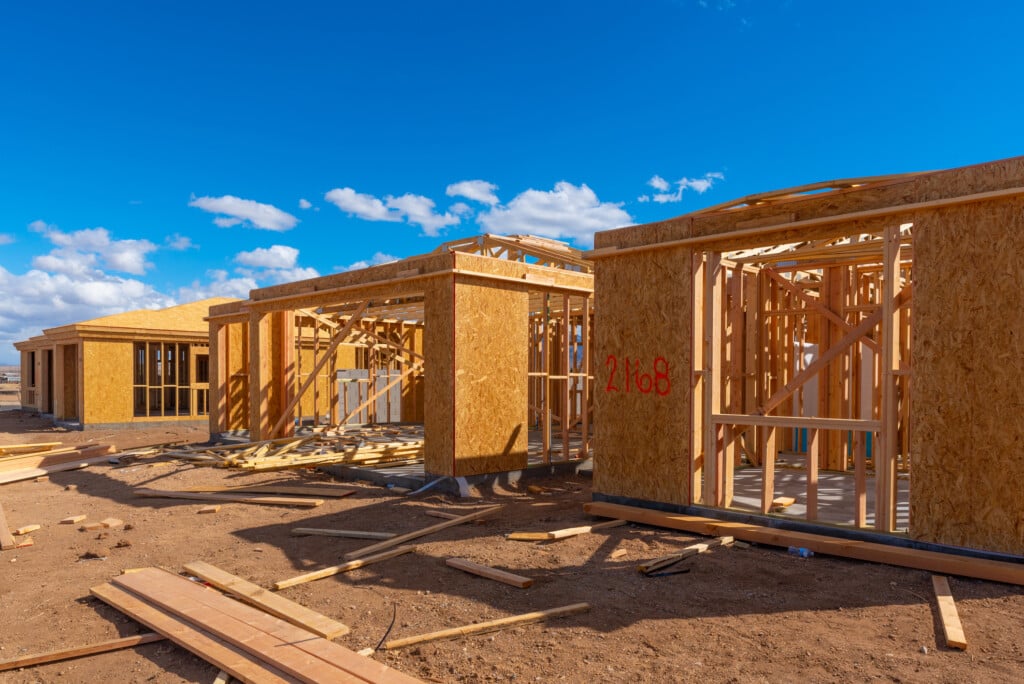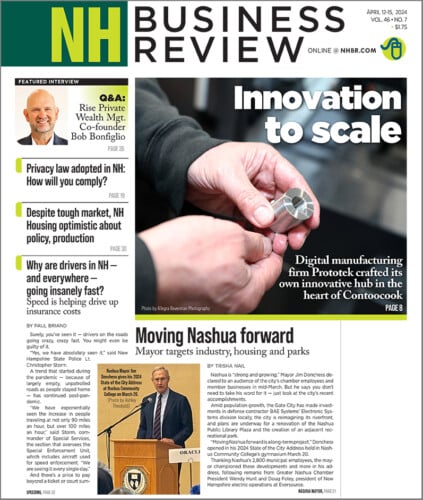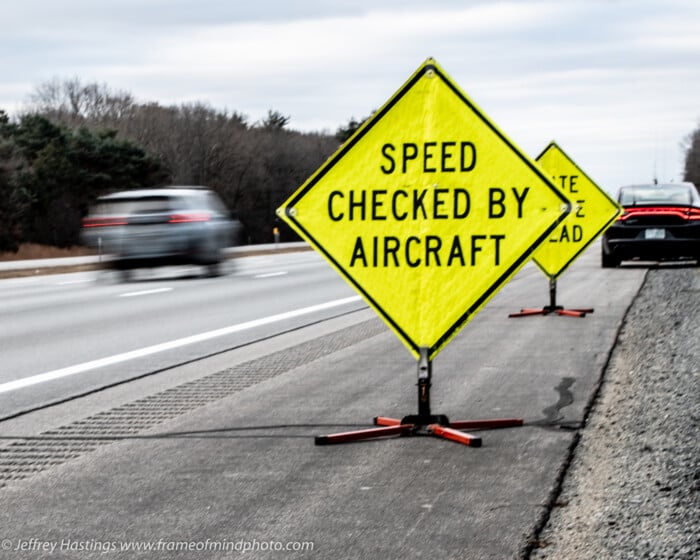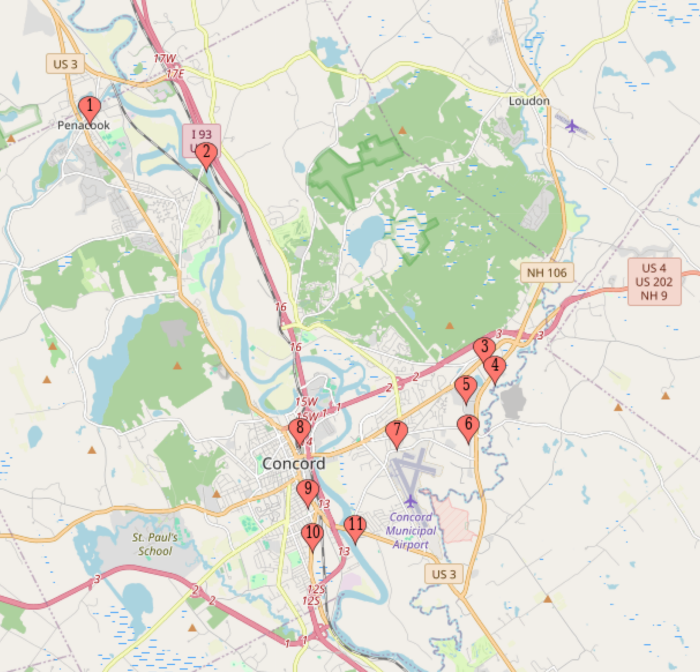What to expect from wireless technology in 2017
Three of the biggest trends to watch in the new year
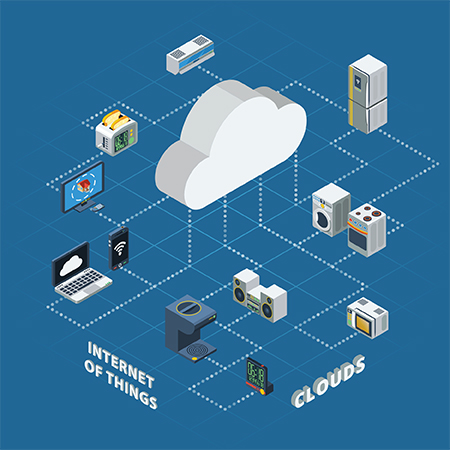
In the wireless technology world, 2016 will go down as the year Siri encountered competition from Alexa and saying “OK Google” helped us order a pizza. Cars started driving themselves down the road in greater numbers, and we can easily control our appliances, coffeemakers and lights from our smartphone.
In 2016, technologies such as 5G and Internet of Things (IoT) took significant steps forward, and more smartphone functionality is available on our wrists.
So where will wireless technology take us in 2017? According to Matt Kasper, director of sales for U.S. Cellular in New England, 2017 will be the year that we’ll regularly experience IoT at home and at work, and that technology will be more ingrained in our lives than ever before.
“There have been a lot of buzzwords in the wireless world over the years, and 2017 may be the year that they move from buzzy to reality,” Kasper said. “It all starts with the smartphone in our hands, and that small device can control almost anything that has an on/off switch. It is really fun and exciting to see how previously difficult or annoying jobs can be handled with the push of a button, and I can’t wait to see what is next on the horizon.”
Kasper said he anticipates three trends in the wireless industry that you may experience in 2017.
Connected homes
In the span of a few short years, connected devices have entered the homes of millions of Americans, and these devices are now poised for a new wave of growth. There are now connected light bulbs, connected scales, connected thermostats, connected refrigerators, connected pet dishes, connected grills and connected toasters, to name a few.
These “smart” home appliances and devices can be accessed and controlled from any location from a smartphone or tablet, providing data or making daily tasks simpler and faster. With the rise of IoT devices, the worldwide smart home market is forecast to grow to $43 billion in 2020, from $15.6 billion in 2016, according to Statista.
“Technology is making it easier than ever to stay connected to your home no matter where you are,” said Kasper. “While the smartphone is the centerpiece of it all, we have seen more and more people coming in to our stores and purchasing these IoT devices to see how useful they can be in their daily life.”
Drones and businesses
In 2017, drones will go beyond recreational use and start being used by a wide range of businesses, said Kasper. “We have seen many business sectors be early adopters of drone technology, and it is expected that more businesses will use the technology to simplify their operations,” he said.
Some of the common industries where there already is widespread drone use are in agriculture, oil and gas utilities and mining and surveying, but they can also be used in humanitarian efforts to deliver goods to or assess areas that have been hit by natural disasters, said Kasper. In the wireless industry, they could be used to check a damaged tower or monitor a tower in a remote location that is difficult to access.
In addition, many smaller drones can be controlled by a smartphone or tablet application, and the data that can be gathered can be helpful for businesses of all sizes.
Virtual reality for businesses
Virtual reality (VR) has been around for many years, but it seems to have finally found its place in the market and is here to stay for 2017, said Kasper.
“While it has become popular in video games and other forms of entertainment, the possibilities for it to be used in business are growing at an increasingly fast rate,” he said. “From virtual meetings to tourism to health care, VR has the potential to impact the business world in the very near future. Architects can make complex drawings in 3D and immerse their clients in what the building will look like. Hundreds of medical students can shadow a surgeon during a procedure no matter where they are, and realtors can take potential home buyers through a virtual tour of homes for sale in a certain area. The money savings VR can bring to these business sectors will be substantial.”
According to Kasper, some estimates put the VR market at $150 billion within four years. “And as the technology becomes more affordable for more people, that may be a conservative estimate,” he said.
